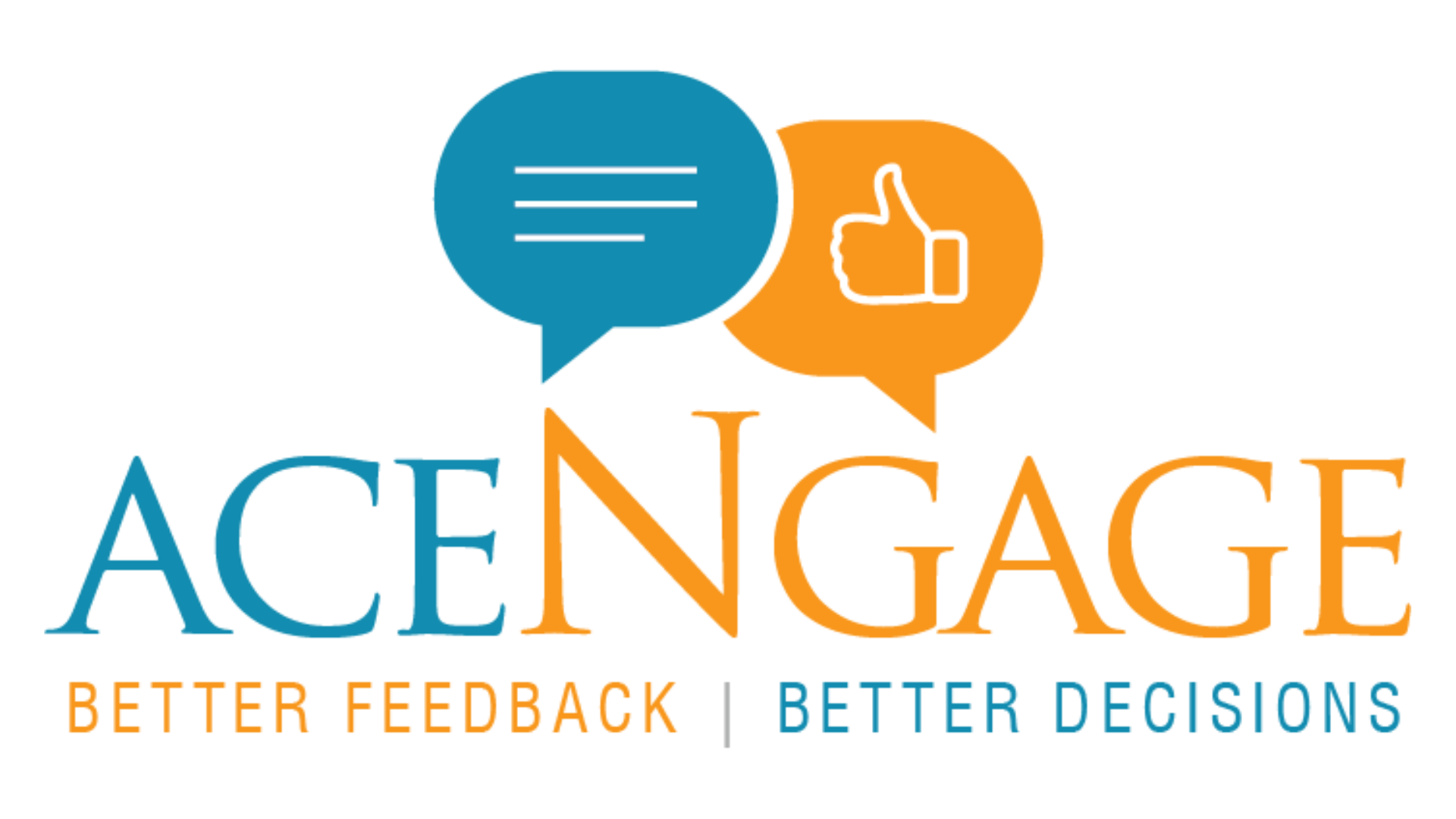[vc_row row_type=”row” text_align=”left”][vc_column][ultimate_spacer height=”20″][vc_column_text]Products, services, and technology are not the only factors that matter in today’s cutthroat business environment. The employees are the lifeblood of every business. A committed team is essential to business success, not simply a nice-to-have. Let’s join hands with Acengage to understand the importance of employee engagement, discuss why it’s so crucial, and discuss ways to energize your workforce so that you may achieve extraordinary results.[/vc_column_text][vc_row_inner][vc_column_inner][ultimate_spacer height=”20″][vc_column_text]
The Heart of Employee Motivation
Employee engagement is more than just being happy with one’s employment. Employees’ feelings of attachment to their jobs, coworkers, and the company are included. An engaged workforce is one that is invested in its work, its goals, and its ideals. They put in extra time and effort outside their regular workday to help the company succeed.
Employee Engagement and Its Consequences
The positive effects of an enthusiastic staff are extensive and pervasive, touching every facet of an organization’s productivity. Let’s take a closer look at some of the most important contexts in which employee engagement matters:
Effectiveness
Staff members who feel invested in their work provide better results. They are dedicated, proactive, and always looking for ways to improve. When workers believe their efforts are valued and appreciated, they put forth greater effort to complete tasks successfully.
Remembering
Both morale and productivity can take a hit when staff turnover is high. By remaining at their existing jobs for longer, engaged workers save their companies money on both hiring and retraining new staff. They promote the company and help bring in more A-listers.
Creativity
Employees that are invested in their work provide better results. They are great team players who are always looking for ways to improve how everyone works together. Their passion for their work often serves as a catalyst for new ideas among their colleagues.
Contentment of the Buyers
Customer service improves when workers are invested in their jobs. They pay closer attention, empathize with the customer, and are motivated to provide outstanding service. When clients are happy, businesses prosper.
Financial Success
The bottom line is directly affected by team engagement. High-engagement businesses routinely outperform their rivals in terms of sales growth and profit margins.[/vc_column_text][/vc_column_inner][/vc_row_inner][ultimate_spacer height=”20″][vc_row_inner][vc_column_inner][vc_column_text]
Leadership’s Crucial Functions
Leaders are crucial to fostering an engaged workforce. They establish the norms that employees are expected to follow and foster an atmosphere where participation is encouraged. Key leadership tactics that boost employee enthusiasm include the following:
Be Honest with One Another
Trust and participation are both bolstered by open lines of communication. Leaders have an obligation to update their teams on the progress, results, and decisions of the business. Furthermore, they should promote comments and open communication channels.
Setting an Example
Leaders should work as role models for their teams by displaying the qualities they prize in others. A positive attitude, tenacity, and dedication should characterize their performance. Setting an example and encouraging your team is the best way to lead.
Promote Developmental Prospects
Employees who are invested in their work will look for ways to advance their careers and skills. Leaders should encourage their teams to continually learn and grow their skills by providing opportunities for advancement and demanding work.
Reward and acknowledge
It is crucial to recognize and value employees’ efforts. Leaders should hold celebrations, offer timely recognition, and provide material rewards when appropriate. Appreciation reminds workers how much their work is appreciated.
Promote a Joyful Workplace
It is crucial to foster a working environment where all employees are attended with respect and dignity. Leaders are responsible for promoting a diverse and inclusive workplace without discrimination and harassment.[/vc_column_text][/vc_column_inner][/vc_row_inner][ultimate_spacer height=”20″][vc_row_inner][vc_column_inner][vc_column_text]
Methods for Increasing Worker Motivation
The question now is, how can businesses increase employee enthusiasm? Implementable approaches include the following:
Carry Out Frequent Polls
The strengths and drawbacks of an organization can be gleaned via a team engagement survey. Gather user input, conduct analyses, and make adjustments regularly.
Foster Training and Learning
Spend money on training and development initiatives that help workers improve their abilities and climb the corporate ladder.
Encourage a Healthy Work-Life Balance
Motivate your staff to strike a good work-life balance. Encourage health and wellness with flexible scheduling, vacation time, and pay-for-performance programs.
Reward and acknowledge
Establish a culture of appreciation by rewarding and acknowledging workers. Awards, peer acknowledgment, and verbal commendation from superiors are all examples.
Encourage Group Work
Motivate your staff to work together as a team. Encourage group identification and friendship building across departments.
Define Your Objectives
Ensure everyone’s objectives are well-defined and consistent with the company’s overall vision. Maintain the viability of these objectives by regular evaluation and adjustment.
Make Room for Independence
Give workers some leeway in making decisions that affect their jobs. Giving workers autonomy boosts their sense of purpose and motivation to succeed.
Evaluation of Repercussions
Organizations can measure the efficacy of employee engagement initiatives by monitoring indicators, including turnover, absenteeism, productivity, and customer happiness. The success of engagement efforts can be gauged by measuring and analyzing these variables regularly.[/vc_column_text][ultimate_spacer height=”20″][vc_column_text css=”.vc_custom_1702018034095{padding-bottom: 10px !important;}”]
Summing Up
[/vc_column_text][vc_column_text]Leaders and human resources experts like Acengage work together to enhance employee engagement. Organizations can unleash their workforce’s full potential and drive success in the modern workplace by maintaining an open line of communication, acknowledging employees’ contributions, and investing in their professional growth. Remember that your engaged team is your most valuable resource on the road to excellence.[/vc_column_text][ultimate_spacer height=”20″][/vc_column_inner][/vc_row_inner][ultimate_spacer height=”20″][vc_row_inner][vc_column_inner width=”1/2″][vc_column_text]
[/vc_column_text][/vc_column_inner][vc_column_inner width=”1/2″][vc_column_text]
[/vc_column_text][/vc_column_inner][/vc_row_inner][ultimate_spacer height=”40″][/vc_column][/vc_row][vc_row][vc_column][vc_raw_html]JTNDc2NyaXB0JTIwdHlwZSUzRCUyMmFwcGxpY2F0aW9uJTJGbGQlMkJqc29uJTIyJTNFJTBBJTdCJTBBJTIwJTIwJTIyJTQwY29udGV4dCUyMiUzQSUyMCUyMmh0dHBzJTNBJTJGJTJGc2NoZW1hLm9yZyUyMiUyQyUwQSUyMCUyMCUyMiU0MHR5cGUlMjIlM0ElMjAlMjJCbG9nUG9zdGluZyUyMiUyQyUwQSUyMCUyMCUyMm1haW5FbnRpdHlPZlBhZ2UlMjIlM0ElMjAlN0IlMEElMjAlMjAlMjAlMjAlMjIlNDB0eXBlJTIyJTNBJTIwJTIyV2ViUGFnZSUyMiUyQyUwQSUyMCUyMCUyMCUyMCUyMiU0MGlkJTIyJTNBJTIwJTIyaHR0cHMlM0ElMkYlMkZ3d3cuYWNlbmdhZ2UuY29tJTJGaHItY29uc3VsdGFuY3ktaW5zaWdodHMtbmF2aWdhdGluZy1zdWNjZXNzLWluLXRoZS1tb2Rlcm4td29ya3BsYWNlJTJGJTIyJTBBJTIwJTIwJTdEJTJDJTBBJTIwJTIwJTIyaGVhZGxpbmUlMjIlM0ElMjAlMjJIUiUyMENPTlNVTFRBTkNZJTIwSU5TSUdIVFMlM0ElMjBOQVZJR0FUSU5HJTIwU1VDQ0VTUyUyMElOJTIwVEhFJTIwTU9ERVJOJTIwV09SS1BMQUNFJTIyJTJDJTBBJTIwJTIwJTIyaW1hZ2UlMjIlM0ElMjAlMjJodHRwcyUzQSUyRiUyRnd3dy5hY2VuZ2FnZS5jb20lMkZ3cC1jb250ZW50JTJGdXBsb2FkcyUyRjIwMjMlMkYwOSUyRmhyLWNvbnN1bHRhbmN5LWluc2lnaHRzLnBuZyUyMiUyQyUyMCUyMCUwQSUyMCUyMCUyMmF1dGhvciUyMiUzQSUyMCU3QiUwQSUyMCUyMCUyMCUyMCUyMiU0MHR5cGUlMjIlM0ElMjAlMjJPcmdhbml6YXRpb24lMjIlMkMlMEElMjAlMjAlMjAlMjAlMjJuYW1lJTIyJTNBJTIwJTIyQWNlbmdhZ2UlMjIlMkMlMEElMjAlMjAlMjAlMjAlMjJ1cmwlMjIlM0ElMjAlMjJodHRwcyUzQSUyRiUyRnd3dy5hY2VuZ2FnZS5jb20lMkYlMjIlMEElMjAlMjAlN0QlMkMlMjAlMjAlMEElMjAlMjAlMjJwdWJsaXNoZXIlMjIlM0ElMjAlN0IlMEElMjAlMjAlMjAlMjAlMjIlNDB0eXBlJTIyJTNBJTIwJTIyT3JnYW5pemF0aW9uJTIyJTJDJTBBJTIwJTIwJTIwJTIwJTIybmFtZSUyMiUzQSUyMCUyMkFjZW5nYWdlJTIyJTJDJTBBJTIwJTIwJTIwJTIwJTIybG9nbyUyMiUzQSUyMCU3QiUwQSUyMCUyMCUyMCUyMCUyMCUyMCUyMiU0MHR5cGUlMjIlM0ElMjAlMjJJbWFnZU9iamVjdCUyMiUyQyUwQSUyMCUyMCUyMCUyMCUyMCUyMCUyMnVybCUyMiUzQSUyMCUyMmh0dHBzJTNBJTJGJTJGd3d3LmFjZW5nYWdlLmNvbSUyRndwLWNvbnRlbnQlMkZ1cGxvYWRzJTJGMjAyMSUyRjExJTJGYWNlbmdhZ2UtbG9nby5wbmclMjIlMEElMjAlMjAlMjAlMjAlN0QlMEElMjAlMjAlN0QlMkMlMEElMjAlMjAlMjJkYXRlUHVibGlzaGVkJTIyJTNBJTIwJTIyMjAyMy0wOS0yOCUyMiUwQSU3RCUwQSUzQyUyRnNjcmlwdCUzRSUwQQ==[/vc_raw_html][/vc_column][/vc_row]







